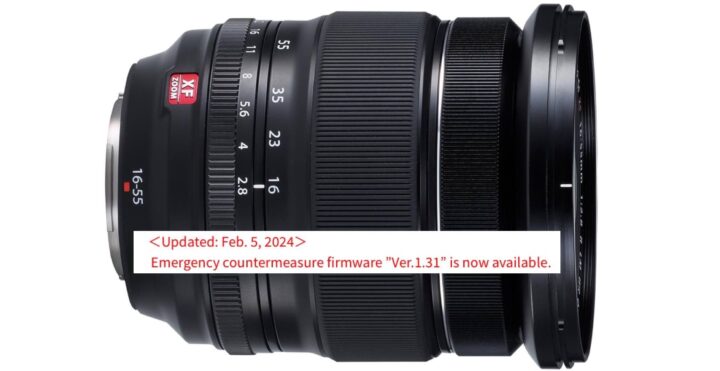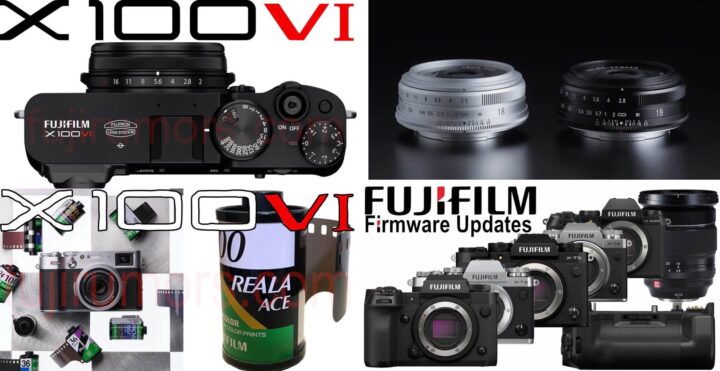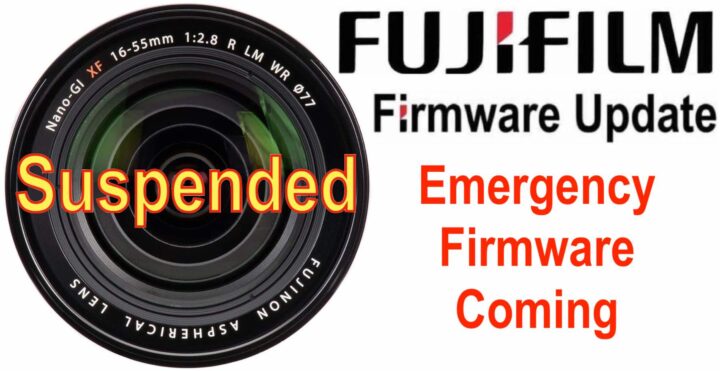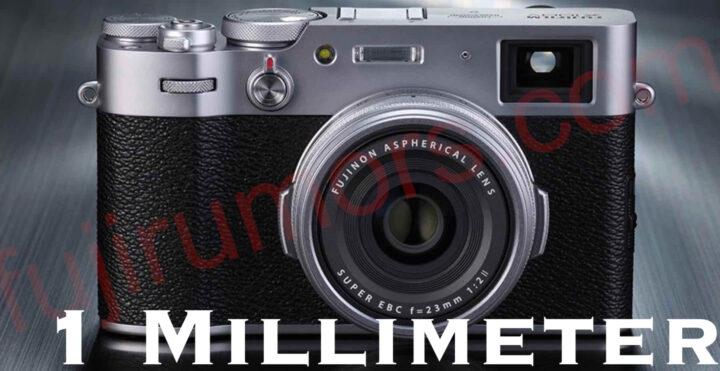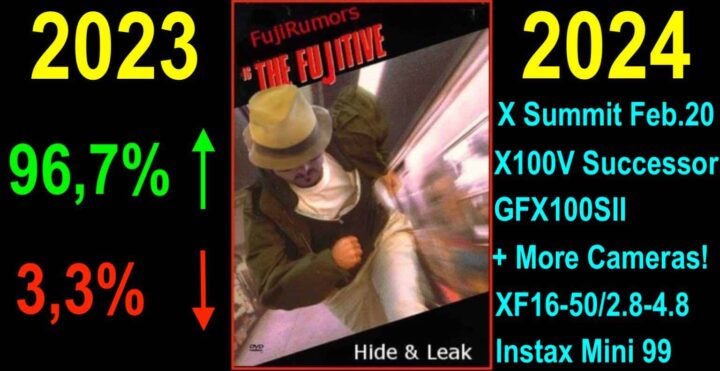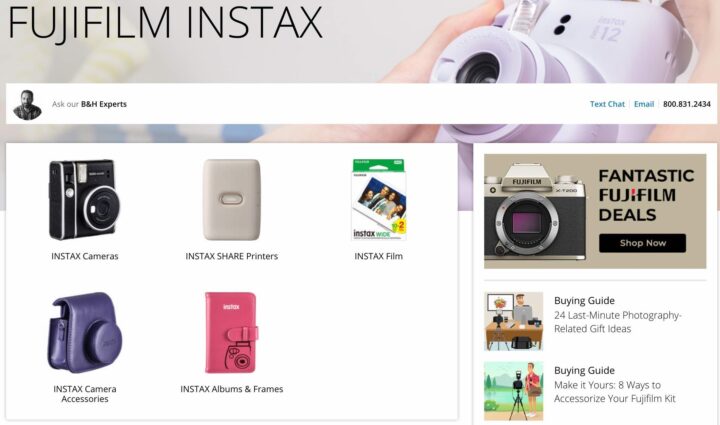Top 3 News in February that Passed Almost Unnoticed (but Shouldn’t)
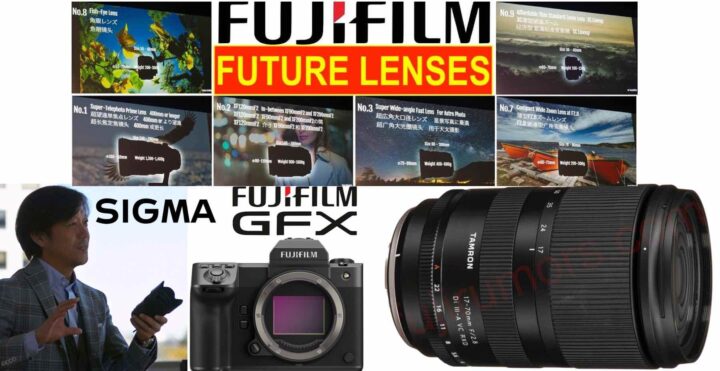
I recently published the usual top 10 articles of the month article (for February), and I believe three news are missing in there, that should have gained much more attention than what they did.
And I get it: we had Fujifilm X-Pro4 rumors, X100VI announcement, Fujifilm X-T40 rumors and more. So these “smaller” news tends to get lost in the buzz of the big rumors and announcements.
But I really think you guys should not miss out on them, hence we are going to share them in this dedicated article
Huge possible news for GFX
As a GFX shooter myself, this is one bit of news that I have waited for many years: the possibility expressed by Sigma CEO to offer autofocus lenses for the GFX system.
This would be HUUUGE!
Tamron Finally Gets It
Finally Tamron seems to understand: they need to put an aperture ring on their lenses!
Future X mount Lenses
Fujifilm has officially listed 10 lenses that they are currently considering to eventually make in future. No all can come, but maybe some. And they did ask 200 journalists to vote their favorite lenses.
Well, FujiRumors thought that 200 votes might not be enough. So we launched a survey and asked you guys which lenses you’d like to get.
We are currently at 6K+ votes, but ideally we should break the 10K+ mark.
The more vote, the more Fujifilm will take our results seriously.

